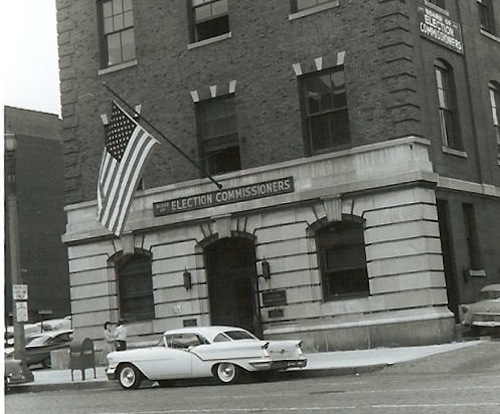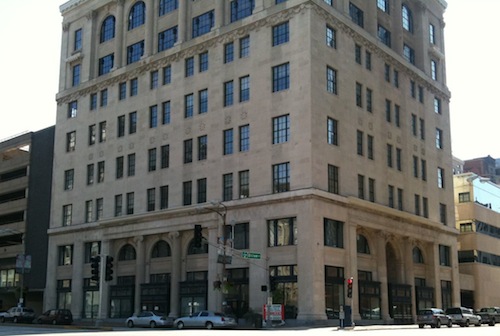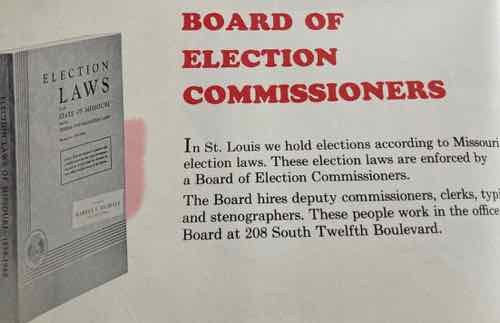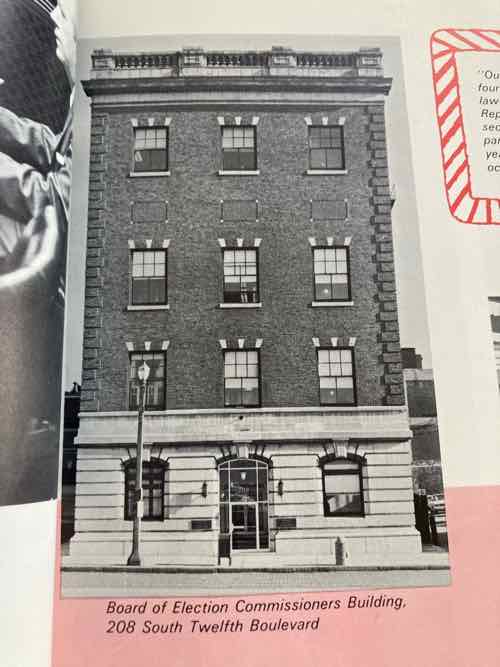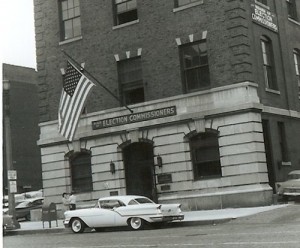New Book — ‘Right of Way: Race, Class, and the Silent Epidemic of Pedestrian Deaths in America’ by Angie Schmitt
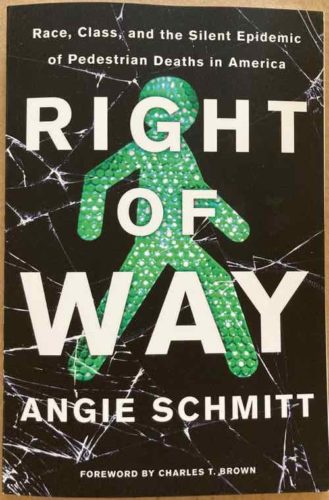 For months now we’ve all been living through the COVID-19 pandemic, but a silent epidemic has been going on for years: pedestrian deaths. Every week we hear about a pedestrian being hit & killed by a car. Often these are seniors just trying to cross a busy street — like 87- year old Phyllis Powers — she was hit & killed trying to cross MacKenzie Road to vote a month ago.
For months now we’ve all been living through the COVID-19 pandemic, but a silent epidemic has been going on for years: pedestrian deaths. Every week we hear about a pedestrian being hit & killed by a car. Often these are seniors just trying to cross a busy street — like 87- year old Phyllis Powers — she was hit & killed trying to cross MacKenzie Road to vote a month ago.
A recent book looks into the issue:
The face of the pedestrian safety crisis looks a lot like Ignacio Duarte-Rodriguez. The 77-year old grandfather was struck in a hit-and-run crash while trying to cross a high-speed, six-lane road without crosswalks near his son’s home in Phoenix, Arizona. He was one of the more than 6,000 people killed while walking in America in 2018. In the last ten years, there has been a 50 percent increase in pedestrian deaths.
The tragedy of traffic violence has barely registered with the media and wider culture. Disproportionately the victims are like Duarte-Rodriguez—immigrants, the poor, and people of color. They have largely been blamed and forgotten.
In Right of Way, journalist Angie Schmitt shows us that deaths like Duarte-Rodriguez’s are not unavoidable “accidents.” They don’t happen because of jaywalking or distracted walking. They are predictable, occurring in stark geographic patterns that tell a story about systemic inequality. These deaths are the forgotten faces of an increasingly urgent public-health crisis that we have the tools, but not the will, to solve.
Schmitt examines the possible causes of the increase in pedestrian deaths as well as programs and movements that are beginning to respond to the epidemic. Her investigation unveils why pedestrians are dying—and she demands action. Right of Way is a call to reframe the problem, acknowledge the role of racism and classism in the public response to these deaths, and energize advocacy around road safety. Ultimately, Schmitt argues that we need improvements in infrastructure and changes to policy to save lives.
Right of Way unveils a crisis that is rooted in both inequality and the undeterred reign of the automobile in our cities. It challenges us to imagine and demand safer and more equitable cities, where no one is expendable. (Island Press)
I want to talk about some issues addressed in this book, but first, here are the contents:
Introduction: Outline of an Epidemic
Chapter 1. The Geography of Risk
Chapter 2. The Profile of a Victim
Chapter 3. Blaming the Victim
Chapter 4. The Criminalization of Walking
Chapter 5. Killer Cars
Chapter 6. The Ideology of Flow
Chapter 7. A Hard Right Turn
Chapter 8. Pedestrian Safety on the Technological Frontier
Chapter 9. The International Context
Chapter 10. Families for Safe Streets
Yes, pedestrian deaths are an epidemic. A pandemic, like COVID-19, is worldwide. An epidemic, like pedestrian deaths, is largely a problem in one area such as the U.S.
Increasingly older adults are unable to continue driving, finding themselves in suburbs not designed for pedestrians. Timing of infrequent crosswalk lights are too fast for slow walkers. For many it’s too far to reach a designated point to cross an arterial so people attempt to cross where they can because they can’t do the extra distance.
The alarming rise in pedestrian deaths coincides with the switch from passenger cars to larger and larger pickups & SUVs. Why? A primary reason is the higher mass on the front of these vehicles — hitting people in their torso rather than legs.
These problems are worse in low-income & minority neighborhoods. The population that needs better pedestrian facilities often don’t get them.
The book details the problems and offers solutions.
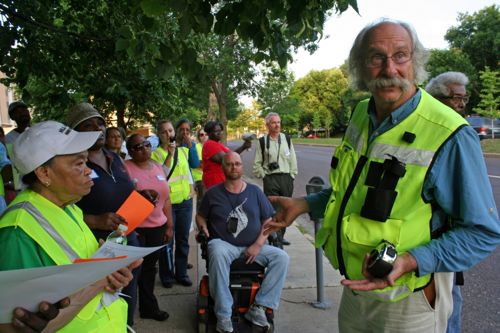
This book is for anyone interested in addressing pedestrian safety and removing inequalities in our rights of way. The author and others discuss the epidemic of pedestrian deaths in a video here.
You can order from the publisher.
— Steve Patterson
